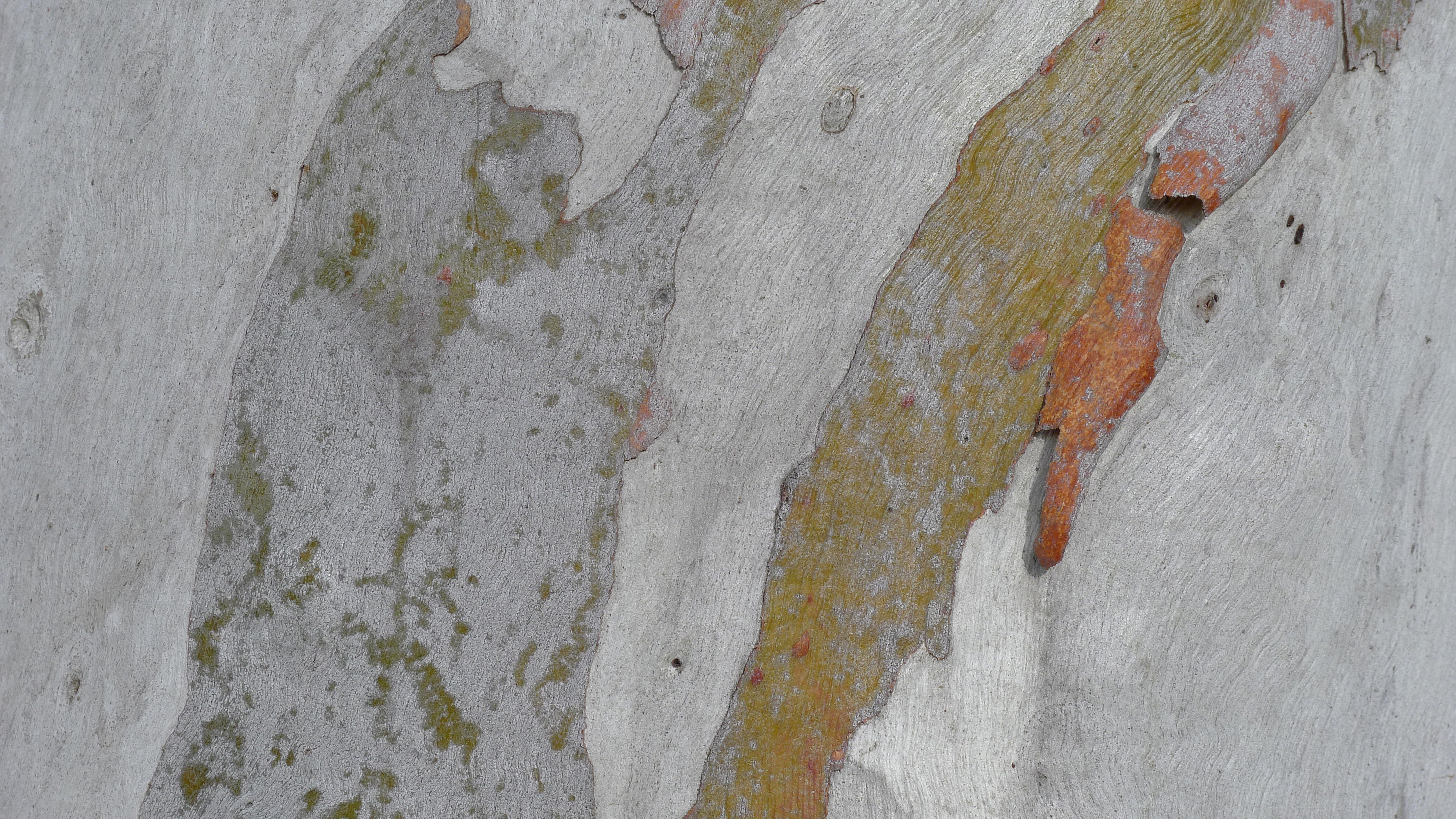



Candlebark
Eucalyptus rubida
Upright tree with dense spreading crown to 35 m with smooth white bark. Dull to glossy grey-green lance-shaped adult leaves to 15 cm long. Rounded juvenile leaves are oval, silvery and paired. The trunk develops red and pink patches before the bark is shed in long strips.
| Details | |
|---|---|
| Flora Type | Trees |
| Distinctive Features | Black insect scars often occur on the trunk. Clusters of ovoid buds with domed caps in threes. Cup-shaped with 3-4 projecting valves. Disk slightly raised. |
| Biology | Perennial. Well-drained to moist soils, in grassy woodland and grassy forests, and on floodplains and riparian environments. Tolerates severe cold, often occurs on the margins of frost hollows. |
| Native Status | Native |
| Flowering Time | Nov-Feb |
| Taxonomy | |
|---|---|
| Phylum | Tracheophyta (Vascular Plants) |
| Class | Magnoliopsida (Flowering Plants) |
| Order | Myrtales |
| Family | Myrtaceae |
| Genus | Eucalyptus |
| Species | rubida |
Important koala food. The seed and inner bark of some Eucalyptus species were used as a food source by Aboriginal people, as well as the gum and leaves for medicial purposes and wood and bark for fibre. Important source of commercial honey. Important food source for some insects and birds.
| Interesting Facts | |
|---|---|
| Native Status | Native |